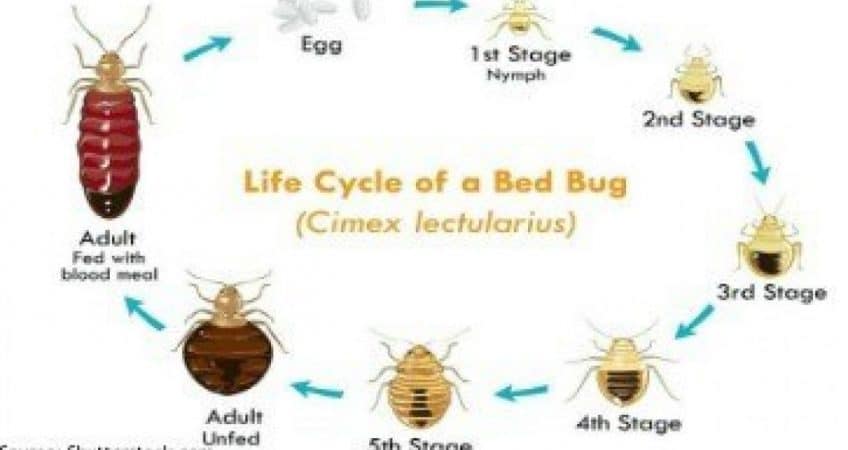The Bed Bug Problem is getting larger and larger. Because so many people now end up with bed bugs the psychosis is to identify all bugs as bed bugs. This is especially true if the bug is found on the bed or if one wakes up with some bug bites and thinks it is a bed bug.
Those that study counterfeit money know that to become good at their craft they don’t study the counterfeit – they study the real thing. So let’s look at the real thing first. Here are bed bugs in their various life cycles:
Eggs:
Eggs can range from clear to what you see below and are very tiny. They are usually found in a spot close to the food source (humans), tucked away in folds of fabric or crannies found in furniture.
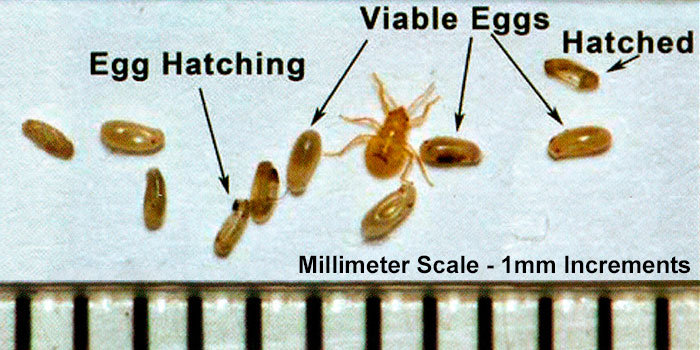
Nymphs:
Baby bed bugs are called Nymphs. They are differentiated from more mature bed bugs in that they are transparent or light in color whereas mature bed bugs are reddish in color.
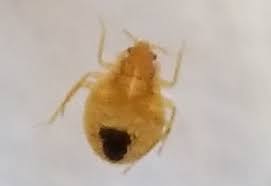
Adult Bed Bugs:
Bed Bugs go through 5 life cycles before the are fully matured. Adult bed bugs are darker in color and elongate when fed.
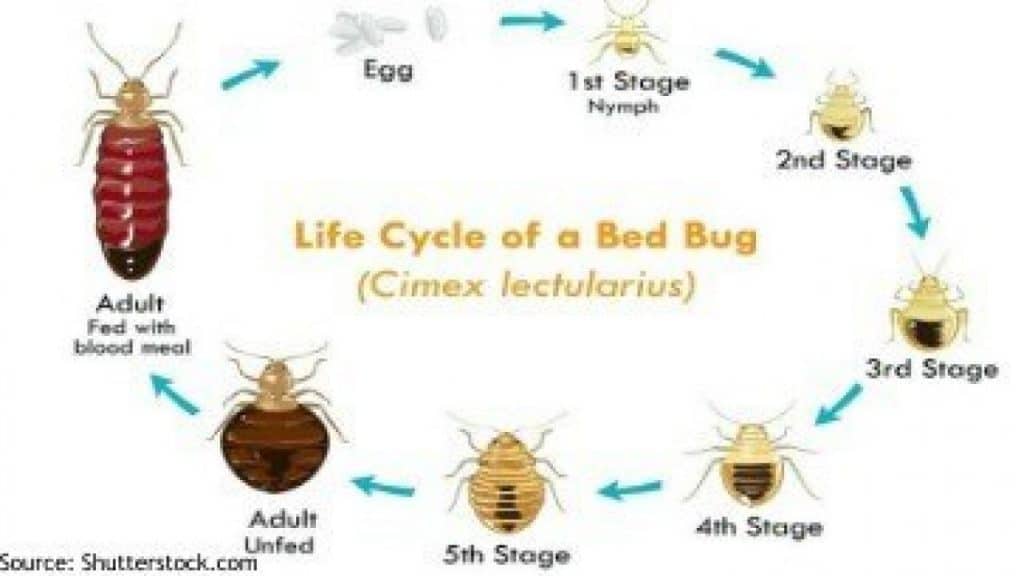
What are commonly mistaken for bed bugs:
Carpet Beetles
Carpet Beetles have a similar shape to bed bugs but do not bite or feed off of human.
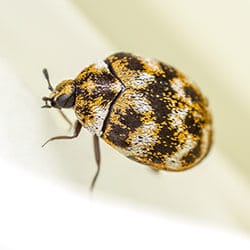
Ticks
Ticks do bite and feed off of humans but they are not bed bugs.

Cockroach Nymph
Cockroaches are usually white after hatching and turn brown as they mature much like bedbugs. You’ll find them close to water and food sources – typically not humans as food.
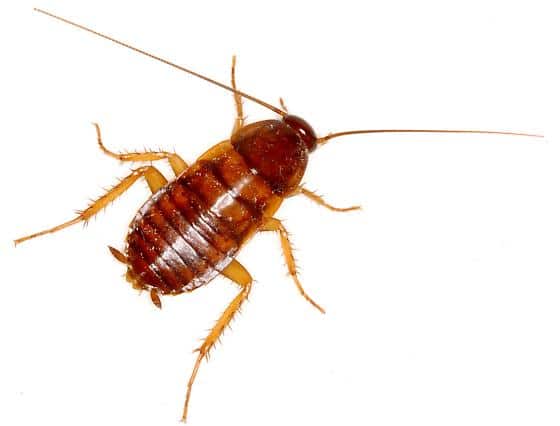
Book Lice
Book Lice tend to look like bedbugs but feed on pollen, mold and other dead insects.
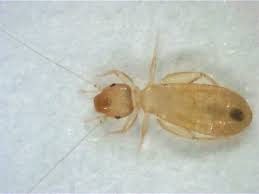
Ear Wigs
These funny looking creatures are harmless to humans and get mistaken for bedbugs a lot.
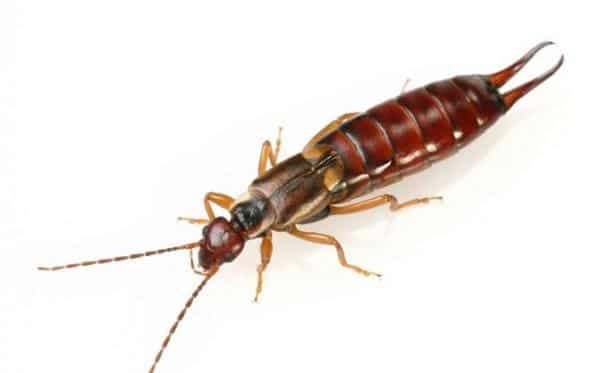
If you are unsure if you have bedbugs or have a caught a creature you think is a bed bug, the best thing to do is call Nashville Bed Bugs for next steps. Catching a bed bug problem in its infancy is really important, where they can be contained and killed effectively. Trying to kill bedbugs on your own usually causes the problem to be much bigger than it needed to be and much harder to solve.

